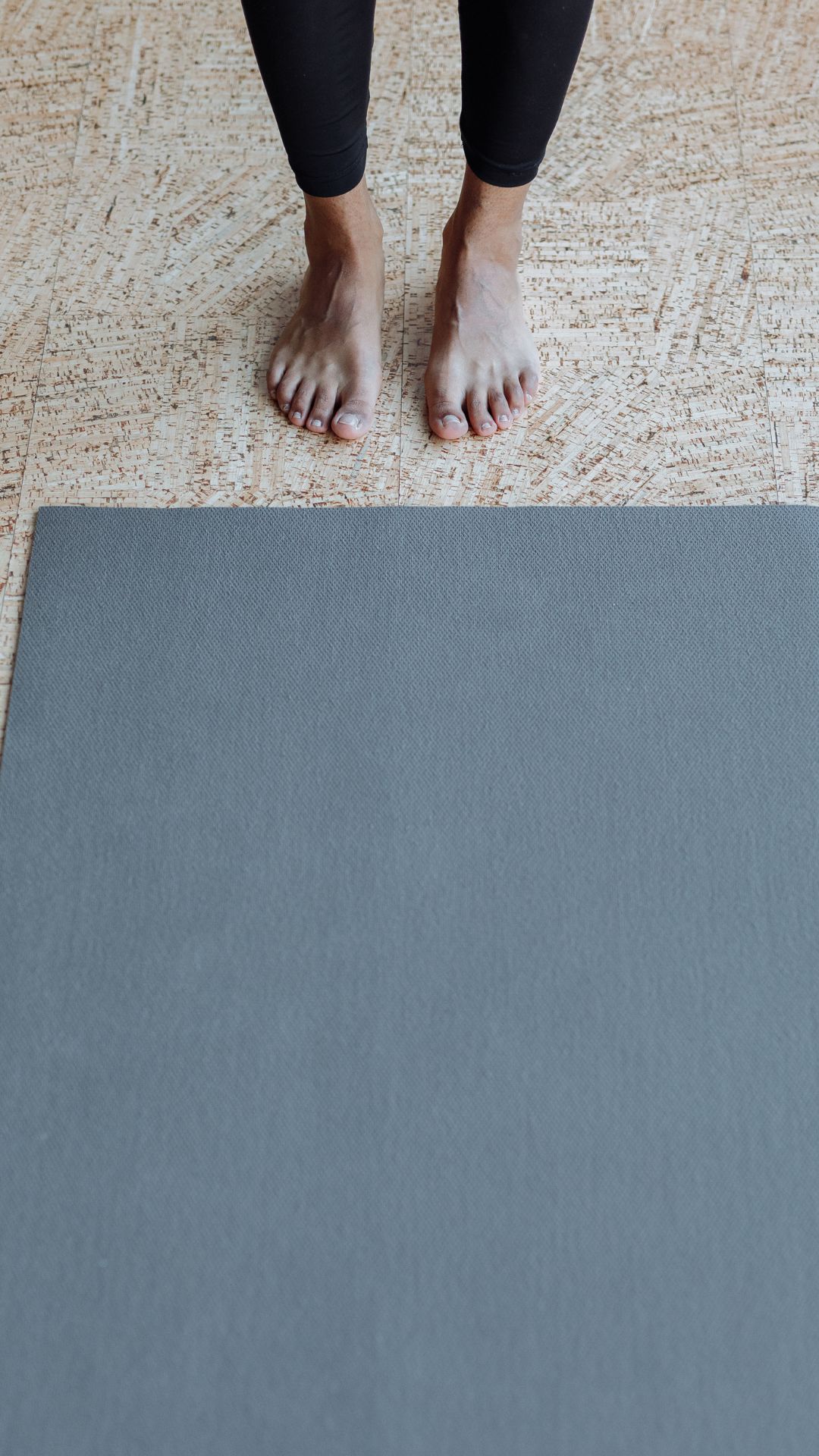A new mother reached out to me with concerns about persistent right shoulder postpartum pain, suspecting it was linked to breastfeeding her new-born son.
Too often, pre and postpartum mums accept aches and pains as a normal part of their pregnancy journey but that doesn’t need to be the case. A personalised and empathetic approach to physiotherapy is key to a successful outcome, especially for new mothers facing physical challenges postpartum. By focusing on both specific treatments and the broader journey of recovery, I was able to support my client in navigating this transformative period with care and understanding.
Understanding Postpartum Pain
Our initial conversation was not just about her physical symptoms; it was a heartfelt discussion about her recent journey into motherhood. She shared her challenging childbirth experience, including a grade 3 episiotomy, and her struggles with postpartum recovery. This conversation set the stage for a holistic approach to her care, and emphasises the importance of understanding the whole person and any relevant history.

Physiotherapy Assessment
Our initial assessment focused on her right shoulder, where we noted a hypertonic upper trapezius muscle. This observation was crucial, as it hinted at the underlying issue: the prolonged flexed position during breastfeeding and changing nappies which was affecting her posture and muscle tension.
Mobilisation and Home Exercises
The first treatment session introduced a grade 2 spinal traction technique targeting my client’s cervical spine. Alongside this, we prescribed home exercises aimed at improving the length of her cervical and thoracic spine. The goal was to alleviate the stress on her shoulder by correcting her posture during daily activities, relieving her postpartum pain.
Movement Sequences for Better Alignment
In our second session, we focused on enhancing her mid and lower back movements. These exercises aimed to correct her neck alignment, indirectly relieving her shoulder pain by promoting better posture during breastfeeding.
Can an episiotomy affect pelvic health?
By the third session, the improvement in her shoulder encouraged a deeper exploration into her pelvic health, particularly how her episiotomy impacted her pelvic muscles.
My patient hadn’t realised that her episiotomy might be a contributing factor, having received the all clear from her GP and assumed from speaking to other mothers that it was normal not to be aware of her stomach muscles. She (as so often is the case) put it down to just one of those things you have to tolerate post pregnancy. She assumed that Kegel exercises would be enough to help her recovery, and that she was doing them correctly based on videos she had seen on social media.
In fact, our assessment revealed pelvic rotation and a loss of normal spinal curvature, indicating the need for a more comprehensive approach to her rehabilitation.
Restorative Yoga
We introduced restorative yoga positions to gently address her pelvic and spinal alignment. One exercise involved lying on her stomach with knees bent and supported, encouraging length in the thoracic spine and abdominal wall.
Another position had her lying on her back with legs supported at a 90-degree angle, facilitating spinal extension and muscle lengthening.
Myofascial Sling Work
Subsequent sessions focused on myofascial sling exercises, helping her learn to control her pelvic tilt and spine flexion and extension.
These exercises were crucial in rebuilding her awareness and control over her abdominal and pelvic muscles.

The Outcome
This client was amazed at how effective the treatment was. She found the small home exercises routine useful, and it helped build an awareness back to her stomach and uterus which she was not expecting. The fact that it only took 3 minutes doing 4 exercises which were specific to her, made it possible to find the time around her son’s sleeping and feeding patterns.
After a series of sessions, both the client and I were pleased with the progress made, especially as she was soon able to begin reintegrating herself back into daily activities. She also has a much better understanding of her postpartum body.
She arrived at the beginning of this journey in a place where she felt unable to live the way she wanted or needed to as a mother, as the pain was debilitating her. Over the course of the treatment, she became aware that the pain was subsiding, even forgetting at times how badly it used to feel. Towards the end of her treatment, she was back to breastfeeding pain free, undertaking daily tasks enabling her to focus on her normal activities as a new mum.
If you are experiencing postpartum pain or symptoms which you have perhaps accepted as normal, please get in touch or book an assessment.
